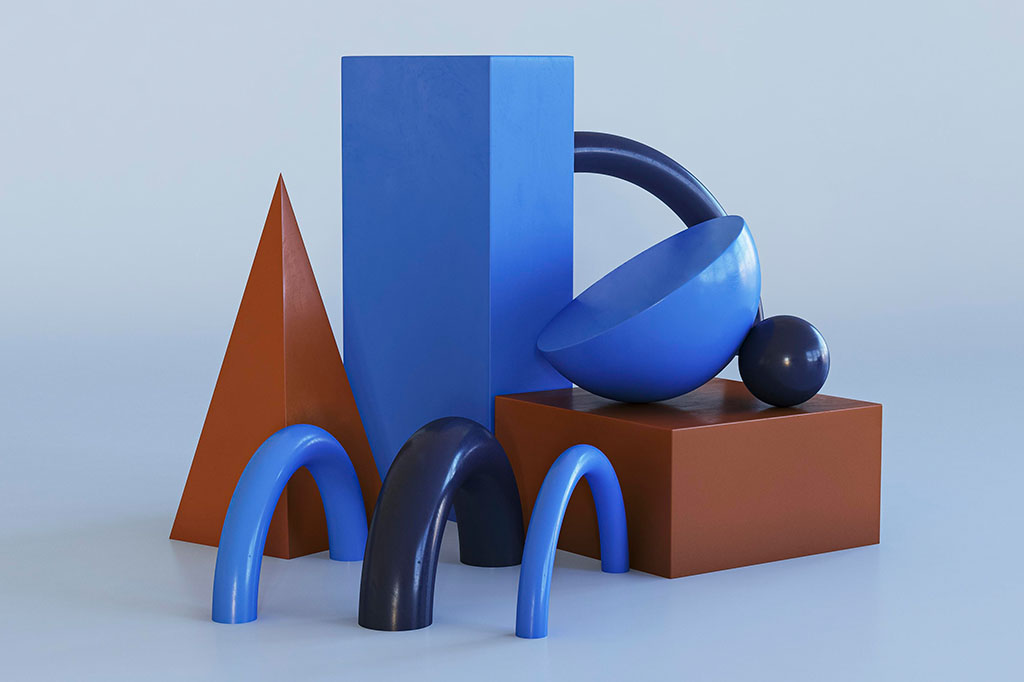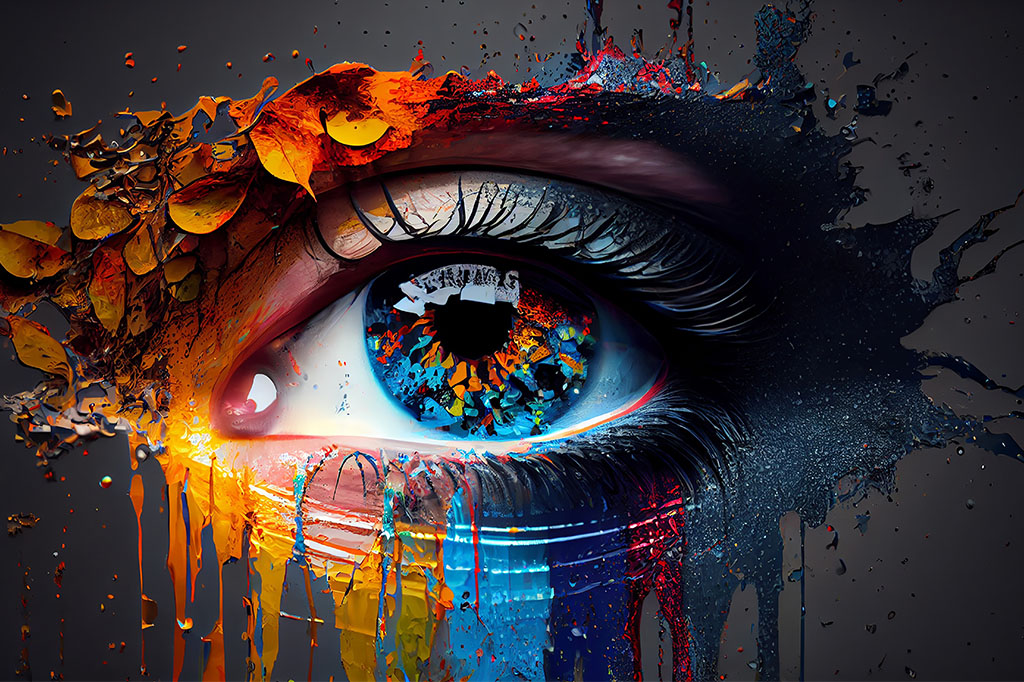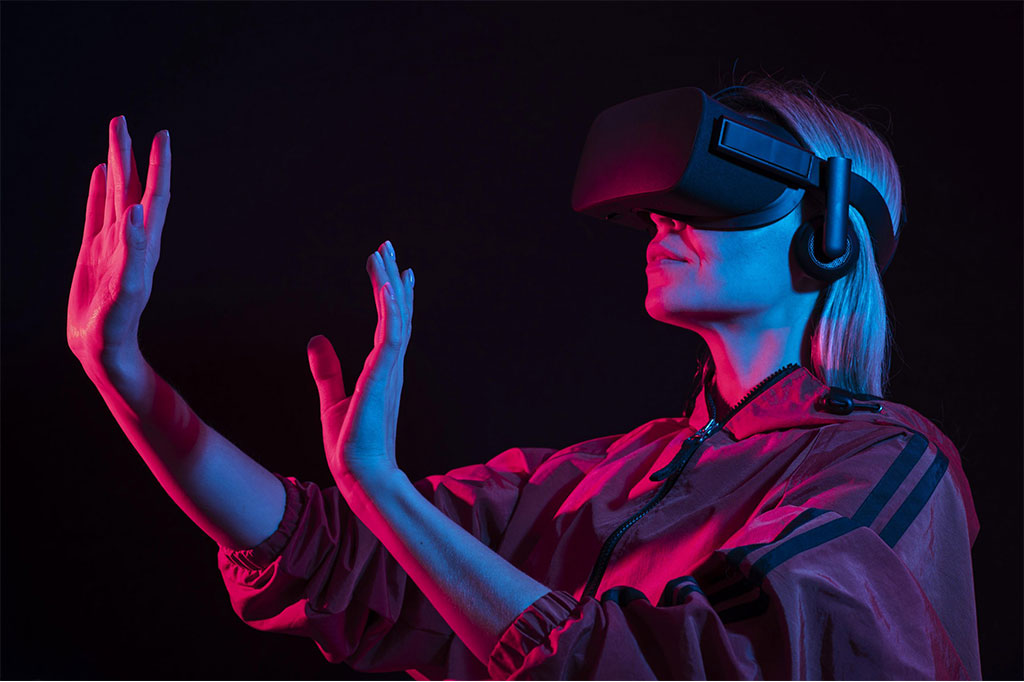
3D modeling, traditionally linked to sectors like cinema or architecture, has found a new stage for expression and creation: the Metaverse. This collection of interconnected virtual spaces demands optimized and detailed three-dimensional assets that adhere to various platforms’ technical characteristics. Although depth and detail are essential, technology’s inherent limitations, such as the maximum number of vertices, require careful design and optimization approaches. All the following 3D modeling tools have the ability to export models suitable for integration into different Metaverse platforms, as long as the specifications and limitations of each virtual environment are respected and considered.
Blender
As a free and open-source solution, Blender has won many over with its versatility and advanced capabilities. Besides being powerful, it offers decimation tools, which makes adapting models to the Metaverse’s constraints easier. However, its learning curve can challenge beginners. It’s entirely feasible to create detailed and optimized entities for virtual environments with Blender.
Autodesk Maya
Maya, Autodesk’s flagship product, is a standard in animation and 3D modeling. Although its robustness is ideal for large-scale projects, its price and complexity can be barriers for beginners. Its optimization and adaptation capabilities make it suitable for designing high-quality assets for the Metaverse.
Autodesk 3ds Max
Also from Autodesk, 3ds Max stands out for its user-friendly interface and tools specialized in architectural visualization. While it’s a powerful tool, users need to pay attention to optimization for the Metaverse, given the detailed nature of some of its renders.
Cinema 4D
Cinema 4D is notable for its intuitive interface and advanced rendering capabilities, making it a favorite tool for motion graphics design enthusiasts. While it’s possible to design and export 3D models for the Metaverse with Cinema 4D, its primary focus on motion graphics may require additional attention to optimizing and adapting these models to ensure their compatibility and optimal performance in virtual environments.
SketchUp
SketchUp stands out for its focus on simplicity and speed. Although it’s great for architectural visualizations, additional plugins or tools may be necessary for the Metaverse to optimize models and adapt them to virtual platforms’ common restrictions.
Among the variety of available tools, each entity has its preferences. For example, QualitApps uses Blender for its creations, aiming to export its models to Spatial ultimately. The appropriate choice of tools is crucial to ensure effectiveness and compatibility in the Metaverse.




